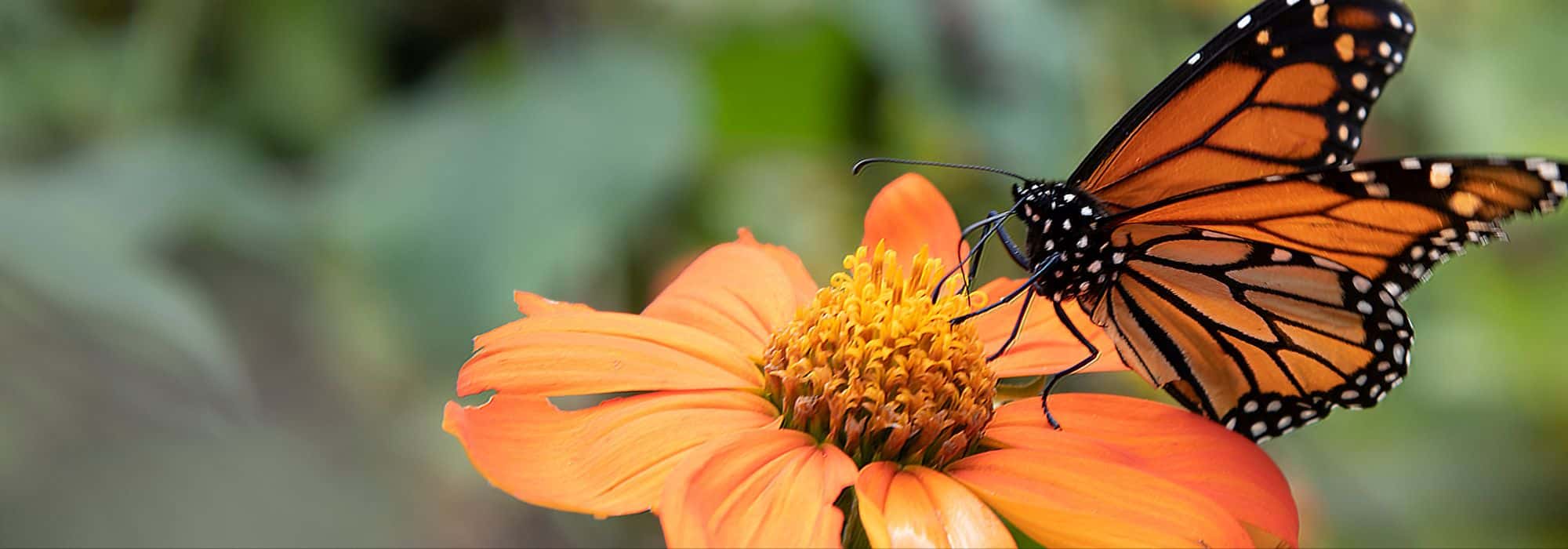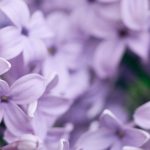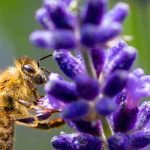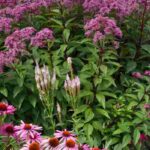Gardeners' Questions, Expert Answers
Our latest articles
-
<h2>Inflorescences: Everything You Need to Know About the Different Forms of Plant Flowering</h2> <p>When it comes to the fascinating world of flora, understanding the various forms of flowering can greatly enhance your appreciation of plants. Inflorescences, or the arrangement of flowers on a plant, come in a myriad of shapes and structures, each with its own unique charm and function.</p> <p>From the simple solitary flower to the complex compound inflorescences, the diversity in flowering patterns is truly remarkable. Whether you're a gardening enthusiast or a professional horticulturist, recognising these different forms can help you better care for your young plants and create stunning garden displays.</p> <p>Let's delve into the main types of inflorescences:</p> <ul> <li><strong>Solitary Flowers:</strong> These are single flowers that grow on their own, often at the end of a stem. Examples include the classic rose and the elegant tulip.</li> <li><strong>Racemes:</strong> Characterised by a central stem with flowers attached by short stalks, racemes are seen in plants like the lupin and the foxglove.</li> <li><strong>Spikes:</strong> Similar to racemes but without stalks, spikes are found in plants such as lavender and wheat.</li> <li><strong>Umbrels:</strong> These are umbrella-like clusters where all the flower stalks originate from a single point. The carrot family, including parsley and dill, often exhibit this form.</li> <li><strong>Corymbs:</strong> In this arrangement, the flowers are arranged in a flat-topped cluster, with the outer flowers blooming first. Examples include the hawthorn and the yarrow.</li> <li><strong>Panicles:</strong> These are branched clusters of flowers, often seen in grasses and some shrubs like the lilac.</li> </ul> <p>Understanding these different forms of flowering not only enriches your botanical knowledge but also aids in identifying plants and planning your garden layout. Whether you're cultivating a wildflower meadow or a formal garden, the variety of inflorescences can add depth and interest to your planting schemes.</p> <p>So, next time you're out in the garden or walking through a park, take a moment to observe the intricate patterns of flowering. You'll be amazed at the beauty and complexity of nature's designs.</p>
by Gwenaëlle
25 February 2025 8 min.
Most read
-
1
-
2
-
3
-
4
-
5
-
6
-
7
-
8
-
9







































